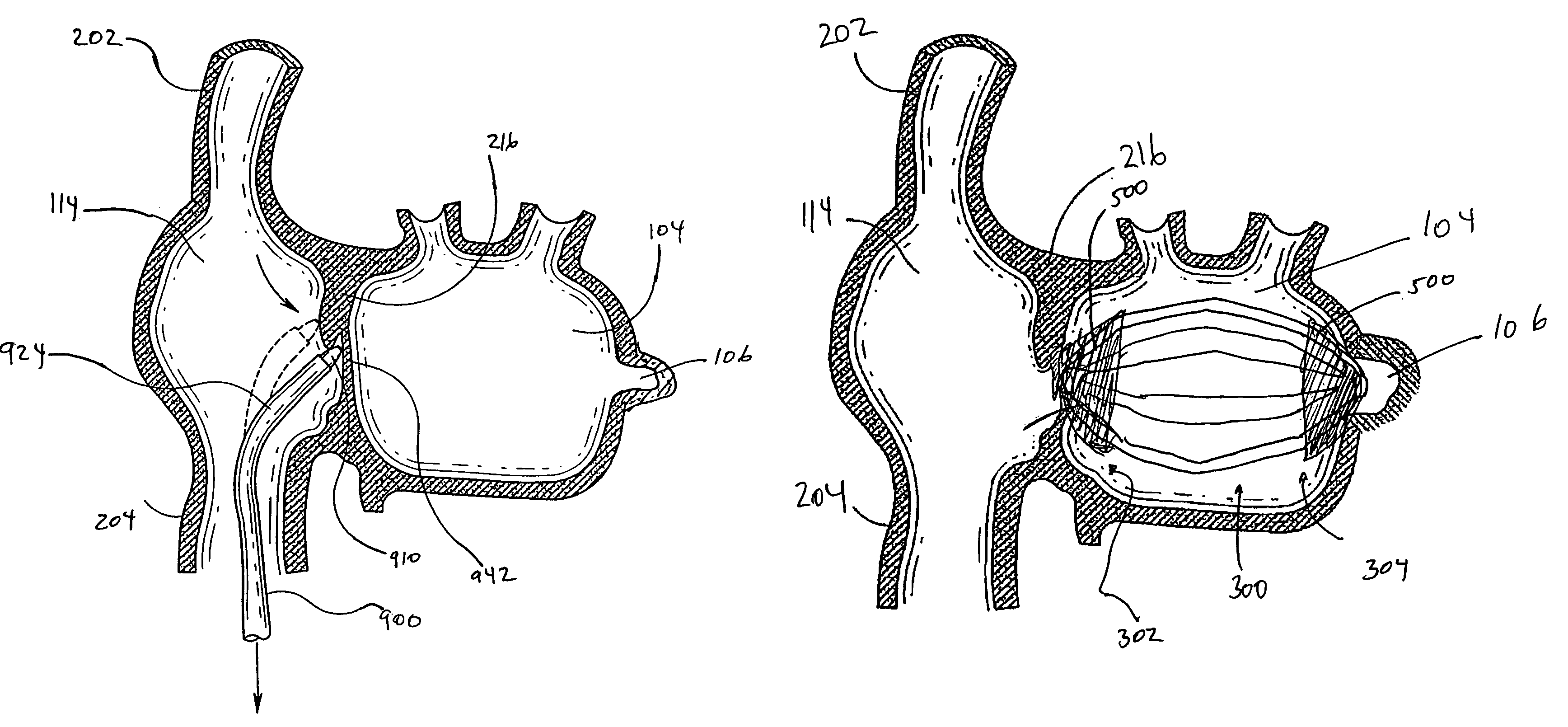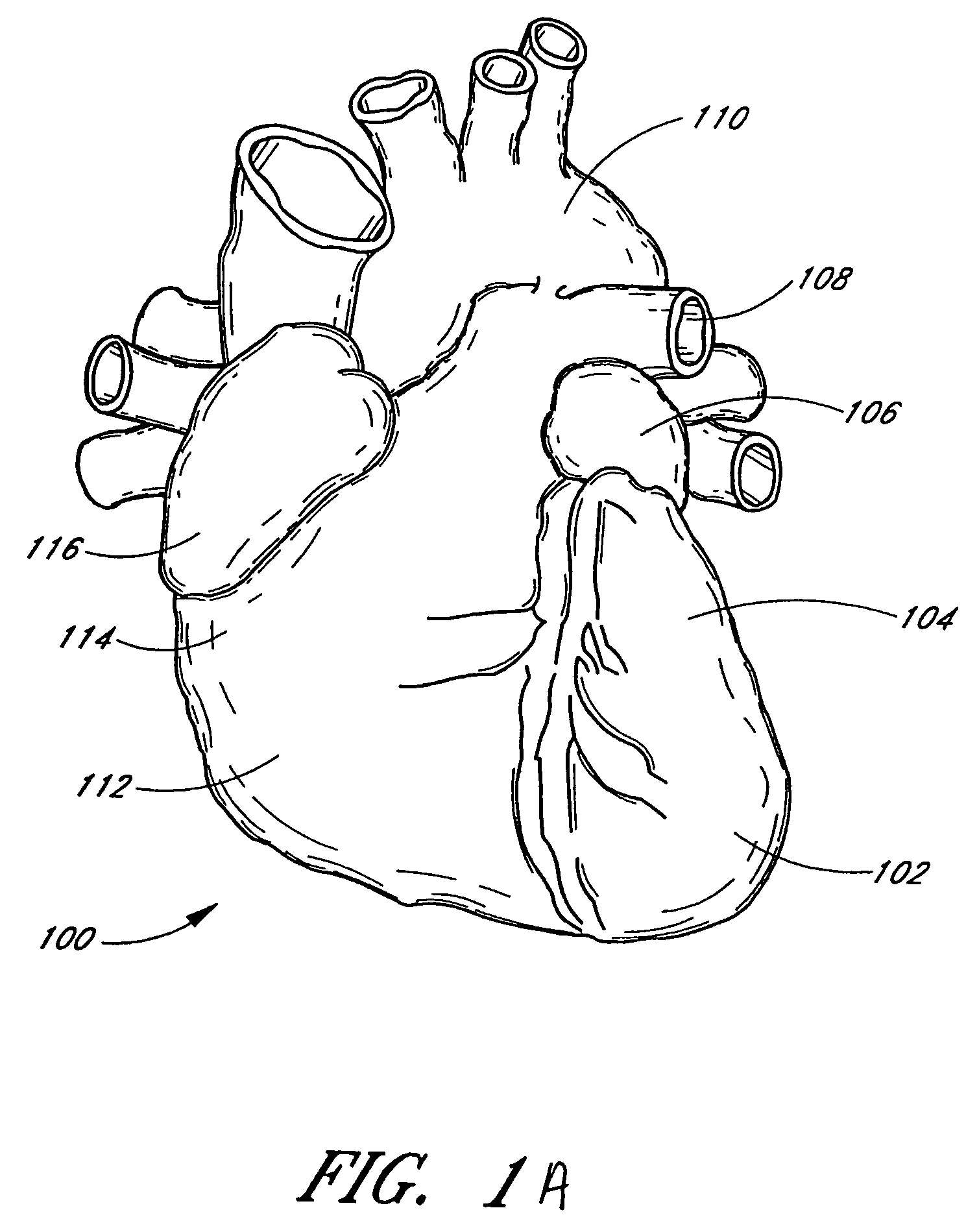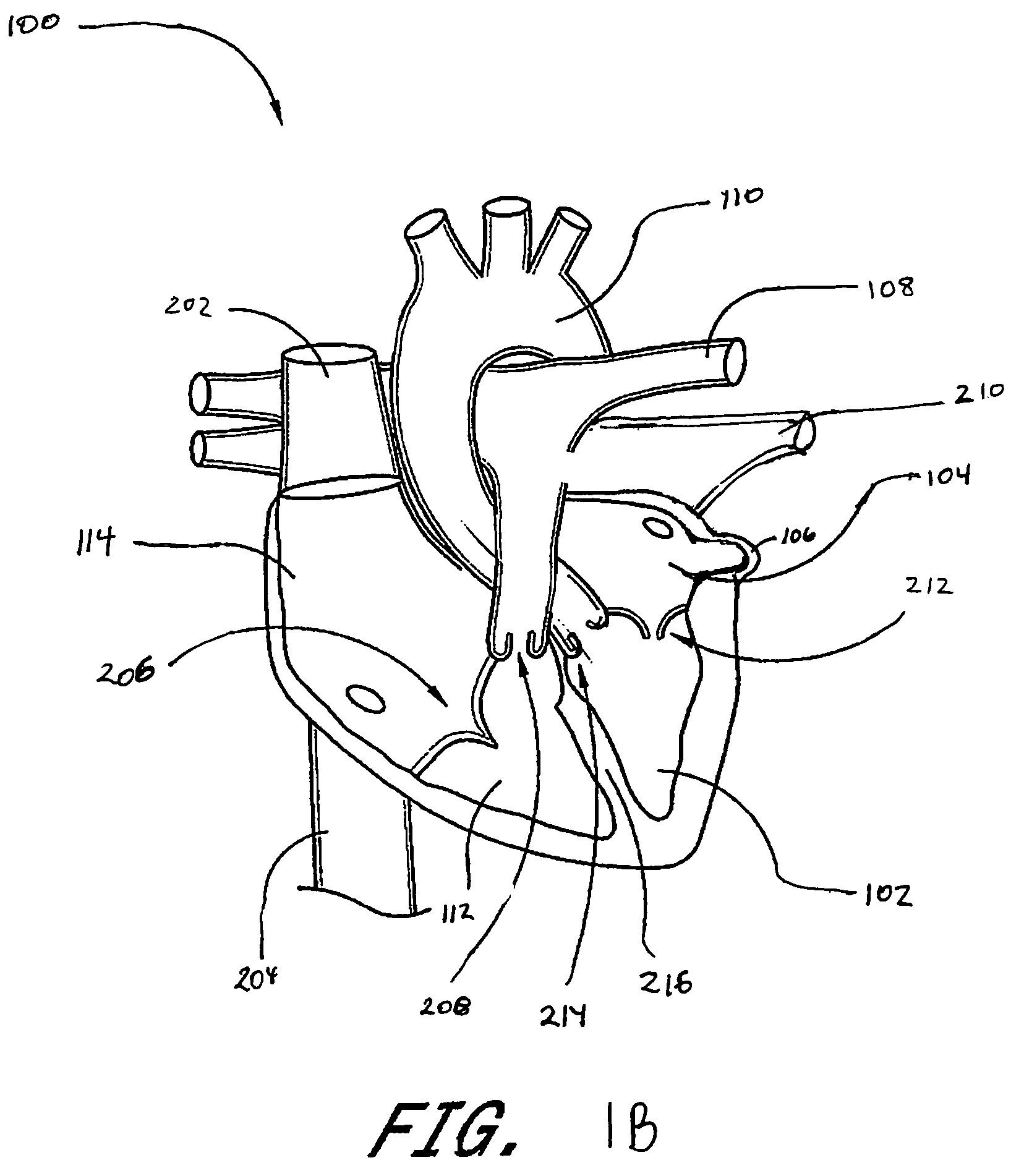Intracardiac cage and method of delivering same
a cage and occlusion technology, applied in the field of intracardiac cage and delivery method, can solve the problems of occlusion devices developed specifically, fail to close, and higher risk of recurrent stroke, and achieve the effect of preventing material ingress
- Summary
- Abstract
- Description
- Claims
- Application Information
AI Technical Summary
Benefits of technology
Problems solved by technology
Method used
Image
Examples
Embodiment Construction
Some embodiments of the present invention are described primarily in the context of a left atrial appendage, septal defect or patent foramen ovale closure device or procedure; however, the devices and methods herein are readily applicable to a wider variety of closure or attachment procedures, and all such applications are contemplated by the present inventors. Vascular procedures such as patent ductus arteriosis closure, isolation or repair of aneurysms, or occlusion of vessels, ducts, or conduits, may also be accomplished using the devices as described herein. A variety of other tissue openings, lumens, hollow organs and surgically created passageways may be closed in accordance with the preferred embodiments. Closures and repairs described herein may be accomplished using catheter based interventional methods or minimally invasive surgical methods. Adaptation of the devices and methods disclosed herein to accomplish procedures such as the foregoing will be apparent to those of sk...
PUM
 Login to View More
Login to View More Abstract
Description
Claims
Application Information
 Login to View More
Login to View More - R&D
- Intellectual Property
- Life Sciences
- Materials
- Tech Scout
- Unparalleled Data Quality
- Higher Quality Content
- 60% Fewer Hallucinations
Browse by: Latest US Patents, China's latest patents, Technical Efficacy Thesaurus, Application Domain, Technology Topic, Popular Technical Reports.
© 2025 PatSnap. All rights reserved.Legal|Privacy policy|Modern Slavery Act Transparency Statement|Sitemap|About US| Contact US: help@patsnap.com



